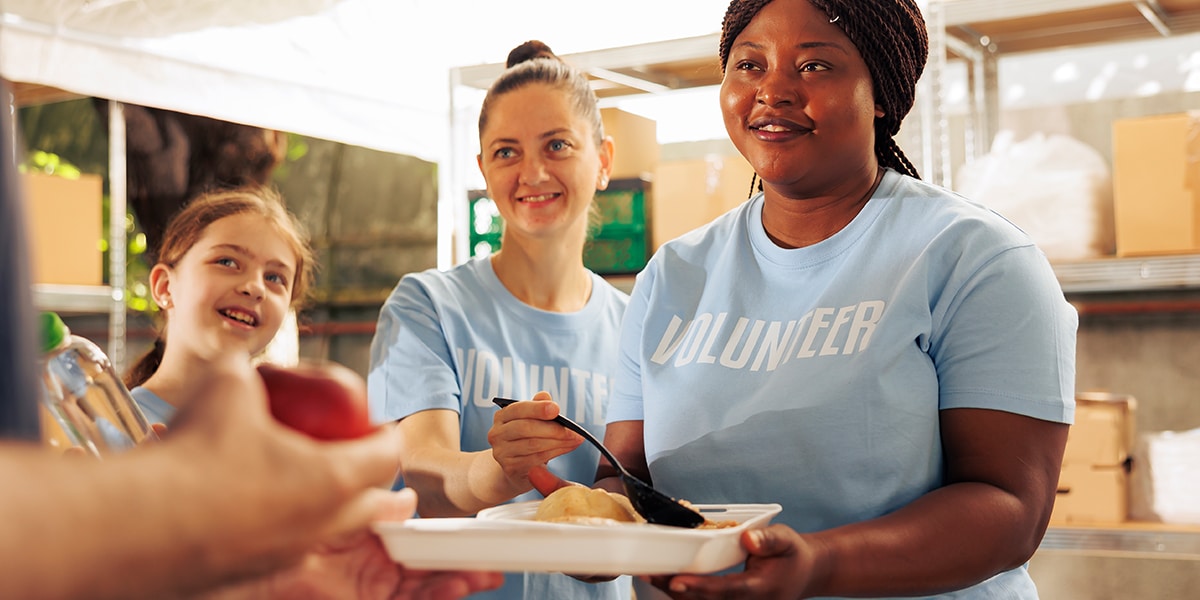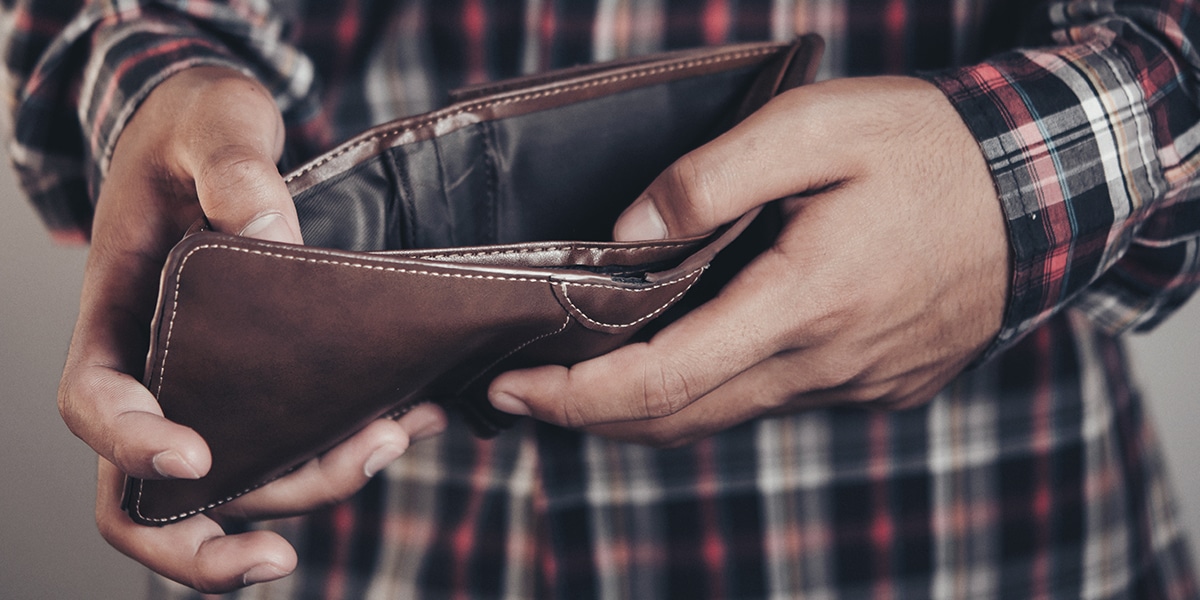“Praised be you, my Lord, through our Sister, Mother Earth, who sustains and directs us,
bringing forth all kinds of fruits and colored flowers and herbs.”
St. Francis of Assisi
When you ask people about St. Francis, one of the first things many mention is his love of creation. In his “Canticle of the Creatures,” he praises the holiness of the many elements of creation, including our earth. Given the state of our environment these days, though, we’re certainly not honoring that holiness.
In January of this year, however, we made a step toward once again embracing Mother Earth when, in one of his first acts in office, President Joe Biden signed an executive order stating that the United States will be rejoining the Paris Climate Agreement.
The move, though very important, quickly became lost amid news stories and commentary on insurrection and impeachment. But on February 17, the reentry became official.
The United States first joined the agreement in December 2015 when President Barack Obama announced that the United States would partner with 189 other countries to find ways to combat climate change and adapt to its effects. The Vatican also signed on to the agreement.
The goal of the agreement is to limit global warming to 2 degrees Celsius, preferably to 1.5 degrees, above preindustrial levels. Even though the agreement was signed in December 2015, the treaty only came into force in November 2016.
A Step Backward
In June 2017, however, the United States backed away from the agreement when President Donald Trump announced that he would withdraw the United States from the accord as soon as possible. The move was no surprise given that he had stated his intentions to do so even before being elected.
US Secretary of State Mike Pompeo delivered the news via Twitter, stating: “Today we begin the formal process of withdrawing from the Paris Agreement. The United States is proud of our record as a world leader in reducing all emissions, fostering resilience, growing our economy, and ensuring energy for our citizens. Ours is a realistic and pragmatic model.”
During an address to the United Nations Food and Agriculture Organization (FAO) at its headquarters in Rome, Pope Francis responded to the move, saying, “We see consequences of climate change every day. Thanks to scientific knowledge, we know how we have to confront the problem, and the international community has also worked out the legal methods, such as the Paris Accord, which, sadly, some have abandoned.”
Luckily, the withdrawal was not immediate. According to the agreement, no country could give notice to leave until three years had passed from the date of ratification. Even then, a member state still had to serve a 12-month notice period to the United Nations. Those stipulations meant that, even though Trump had announced the departure, it would not take effect until after the November 2020 election, leaving the ultimate decision up to the new president.
Part of the Problem and Solution
There is an ancient Iroquois philosophy known as the seventh-generation principle, which states that the decisions we make today should result in a sustainable world seven generations into the future. Given the state of the climate now, we are not buying into this philosophy.
Climate change is no longer a problem we can continue to kick down the road, bantering back and forth about whether it’s real or not. This is not a partisan issue. It’s a life issue with real-life implications. And, as the second highest emitter of carbon dioxide in the world (China is first), the United States needs to be part of the solution.
Last September, Pope Francis urged nations to fight global warming according to the climate accord, saying: “Our constant demand for growth and an endless cycle of production and consumption are exhausting the natural world. Forests are leached, topsoil erodes, fields fail, deserts advance, seas acidify, and storms intensify. Creation is groaning!”
When we focus on only the present moment, we’re losing sight of tomorrow. Rejoining the Paris Agreement is one step in the right direction.








